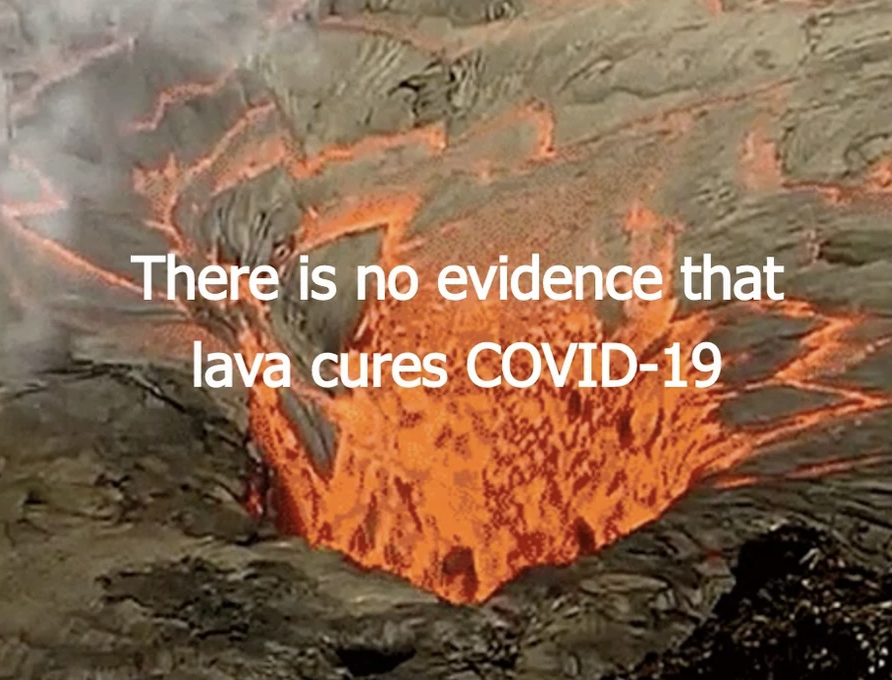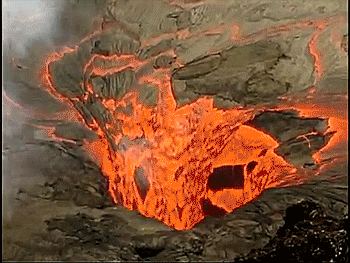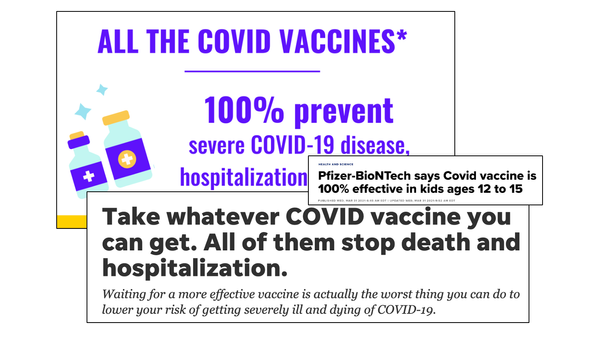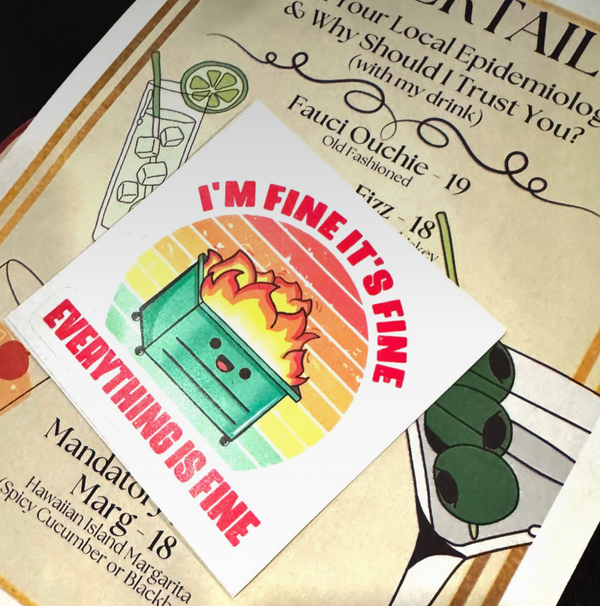“There is no evidence” can mean very different things

Note: This article was written in early 2020 and since then new data has become available on several of the topics discussed.
There have been a lot of “there is no evidence” statements flying around of late…
There is no evidence coronavirus survivors can’t be reinfected.
There is no evidence that coronavirus was accidentally released from a lab.
There is no evidence that wearing masks can activate viruses.
This is unfortunately very confusing because “there is no evidence” can actually mean very different things depending on the context (as is the case in the three examples above). It seems this has been leading to a lot of misunderstanding (and perhaps even distrust) of scientists making these statements about the COVID pandemic, so here is a quick breakdown to bring a little clarity.
Meaning #1: There is no evidence... because we haven't studied it yet.
This is basically saying “we don’t know yet, and we’re not going to assume until we know.” Probably the most publicized example of this is the statement the WHO put out saying “There is currently no evidence that people who have recovered from COVID-19 and have antibodies are protected from a second infection.” What the WHO was really saying is we can’t assume (for the sake of immunity passports) that antibodies will provide protection from reinfection until we have clear data backing that claim. But it understandably confused a lot of people, and it sounded like the WHO was saying that antibodies don’t work against coronavirus. In reality, we just don’t know yet.
(Here‘s a 2021 update on this issue.)

A doctor who does not know yet.
Down the road when more evidence is available, it may seem like doctors were “wrong” when they said “There’s no evidence for that!” Were they wrong? Were they being deceitful? No.. they were just communicating the state of uncertainty based on the lack of evidence at the time.
Meaning #2: There is no evidence... because we studied it extensively and found no evidence.
Once scientists have done the studies, “there is no evidence” takes on a different meaning. If a claim has been studied extensively, and study after study fails to provide evidence for the claim, then when scientists say “there is no evidence” it no longer means “we don’t know yet” and instead means “we looked and really, there is no evidence.” A good example of this is the idea that the MMR vaccine causes autism. This idea was proposed back 1998 in a small study, and as the cause of autism was unknown, it was worth looking into. Scientists were like “yup we will check this out,” and did a whole lot of studies. Since then the association between MMR vaccination and autism has been studied in hundreds of thousands of children. These studies failed to find evidence linking the MMR vaccine to autism: children who had been vaccinated were no more likely to develop autism than children who had not been vaccinated. Based on this, scientists concluded that there is no evidence that the MMR vaccine causes autism… because they looked (extensively), and no evidence was found.
Meaning #1.5: Somewhere in the middle
Often a “there is no evidence” claim may land somewhere between Meaning 1 and Meaning 2: we’ve studied it a bit and so far have found no (or minimal) evidence, but we’re still not 100% sure so we’re going to keep studying it. This is where I would put hydroxychloroquine right now… so far it looks like there is minimal evidence that it works in COVID-19 patients, but we’re not 100% sure yet, so we’re going to keep studying it.
2021 update: We now know it doesn’t work.
Meaning #3: There is no evidence... and it's not worth studying.
Sometimes scientists will say “there is no evidence” to support a claim that hasn’t been studied… and should never be studied. For example… there is no evidence that lava cures COVID-19. When scientists make statements like this, they mean three things:
1) there are no studies showing that lava is helpful for COVID-19 patients (of course)
2) there never will be any studies testing if lava is helpful for COVID-19 patients because
3) we don’t need a study to tell us this is a bad idea

There is no evidence that lava cures COVID.
Many ideas do not need to be studied because we can use what we already know about biology to determine that they won’t work. Lava kills people, we do not need a study to tell us this. This lava example is very obvious to everyone… the confusing part comes when it takes a bit of science training to spot ideas that we can confidently say won’t work. This is when we get into the territory of scientists saying “this definitely won’t work,” and then they hear “but have you done a double-blinded placebo-controlled trial? No? Then how do you know it won’t work?” The explanation is in the biology that is already known.
Next time you hear someone say “there is no evidence” for your favorite COVID-19 hypothesis, before jumping to any conclusions, try to figure out which of these statements they are really making.




